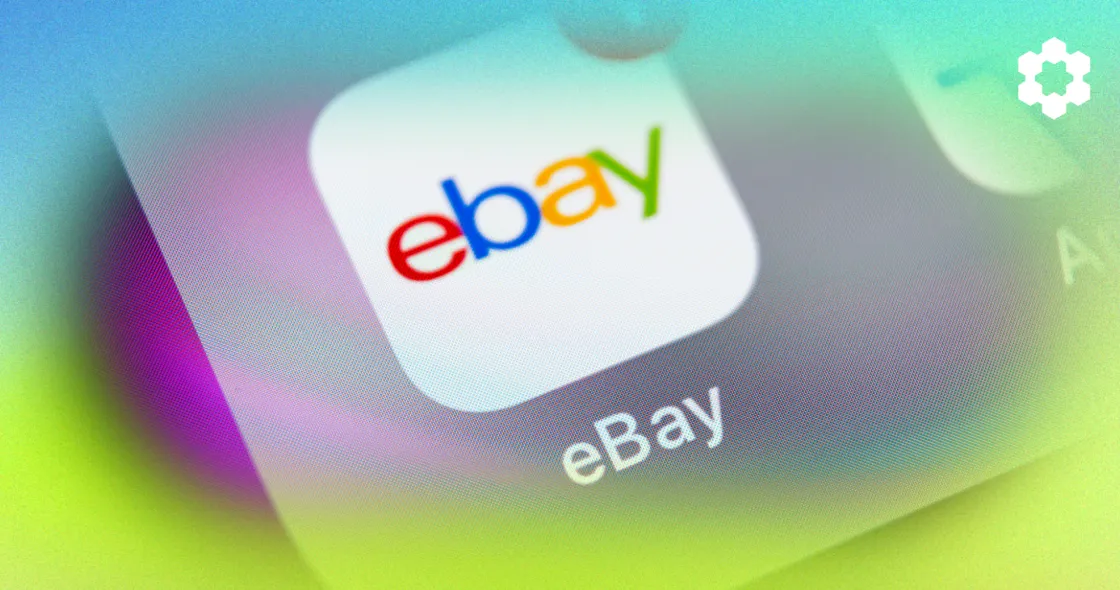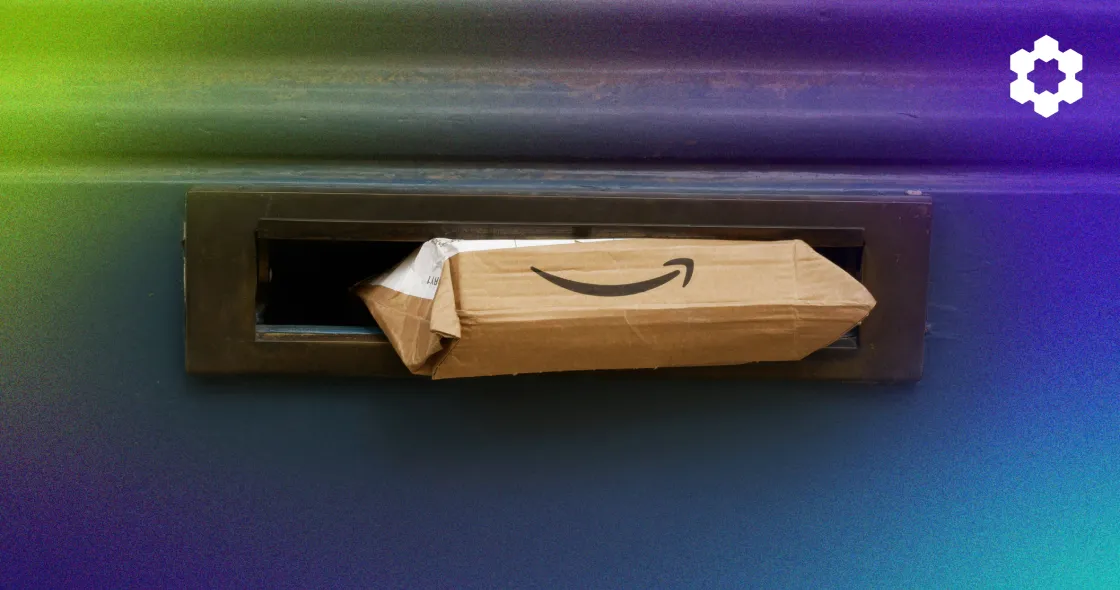Prime Day is the focal point for the year for many sellers and customers alike. But aside from the obvious boon for business, Prime Day is always a great opportunity to learn more about your business, more about Amazon, and more about customer shopping habits.
We surveyed experienced sellers just before Prime Day 2024 to gather insights on how they prepare and what they’ve learned from previous Prime Day sales. Read on to find out what they shared.
What sellers learned from previous Prime Days
Every Prime Day is different, so even experienced sellers can learn something new each time the sales event comes around.
Aside from the obvious variability in the precise dates for Prime Day, the outcomes will be affected by everything from shopping trends to recent weather.
Here are some of the top takeaways our surveyed sellers said they discovered they needed to improve:
- Fine-tuning demand forecasts and inventory management to avoid stockouts or overstocking.
- More effective coordination with suppliers ensures timely deliveries before cutoffs.
- Enhanced ad strategies, especially on social media to build better brand awareness and customer loyalty.
Even positive things can be learned or reinforced through post-event analysis. Here are a few areas that our sellers said they found success:
- Increased ad spend and optimized ad campaigns were effective in boosting visibility and sales.
- Stocking up on inventory in advance was crucial for meeting demand.
- Leveraging social media for promotion showed positive results.
In the wake of Prime Day 2024, make sure you are analyzing results to see what worked and what didn’t. Look back over goals and forecasts and see if the outcomes match your predictions or if you need to make adjustments for next time. We’ll go into this a little more later on.
Need help understanding what your data means? Sign up for a free plan with ManageByStats by Carbon6 to get access to high-value resources, data, and tools to understand your business better.

How do sellers prepare for Prime Day?
Preparing for Prime Day can mean different things to different sellers, depending on the goals, strategies, and even category of inventory.
Universal Prime Day prep tactics
While some tactics will vary from seller to seller, there are several that most agree are essential to all businesses on Amazon. All of these demand advanced planning, but by varying degrees.
1. Stocking up on best-sellers
You’ll need to adjust your stocking plans based on inventory availability from suppliers and delivery deadlines and cutoff dates. Correct inventory management could need many weeks or months of pre-planning.
Utilizing a demand planning tool like SoStocked can help you accurately forecast up to 12 months in advance so you know exactly what you need and when.
2. Leveraging Amazon ads
Amazon ads or PPC campaigns can be tweaked and fine tuned all the way up to Prime Day, as long as they were already in place. Starting new advertising campaigns from scratch can take time to get off the ground.
3. Improving listings
Listing optimization should be a constant item on your business to-do list, but in the run up to Prime Day (or any big sales event) you should be tailoring them accordingly. With more eyes on each listing during Prime Day, you need to make sure your titles, images, bullet points, and descriptions are all as accurate and up-to-date as possible.
Specialized Prime Day Prep
Alongside the essential preparation needed for Prime Day success, many experienced sellers also add additional education into their preparation for Prime Day.
Every year, Amazon makes changes to fees, policies, and critical services that can impact a seller’s success, especially on Prime Day. Staying up to date with the industry experts at webinars, in-person events, and meet ups can help you avoid surprises that could affect your bottom line.
Catch up on all of Carbon6’s free webinars on YouTube and sign up for our monthly newsletter to be the first to hear about upcoming events.
On top of operational ecommerce changes, monitoring consumer trends, including TikTok viral products, can bring insights into possible customer spending patterns for Prime Day. Working with influencers can help you reach new customers as part of your advertising strategy, but could also be a chance for market research by reading comments and investigating where the conversation leads.

Post-Prime Day analysis
As we mentioned earlier, Prime Day doesn’t just end after 48 hours. There are still post-Prime Day tasks to complete as well as analysis and understandings to compile. Continuous adaptation and learning from each sales event is crucial for improving future results and navigating the evolving Amazon landscape.
Prime Day 2024 speed bumps
Here are some unexpected things that our surveyed sellers noted during Prime Day planning:
- The late announcement of the dates for Prime Day hindered precise planning.
- Rapid shifts in consumer preferences required quick adjustments in inventory and marketing.
- Certain promotional tactics exceeded expectations.
There is nothing anyone can do when it comes to the timing of Amazon announcements, apart from expecting the unexpected and making sure your plans are flexible. Flexibility is a key part of being able to adapt to changes in marketing and inventory management, and using tools designed to adapt like SoStocked and PixelMe, could let you roll with the punches with ease.
What to analyze after Prime Day
Your post-event analysis will depend on your initial goals and strategies going in to Prime Day.
Looking at your sales, inventory, and marketing data will give you a holistic view of your results, highlighting any specific areas that were a weakness to the overall strategy.
Depending on how long your brand or business has been operating, compare against the fall or summer 2023 Prime Day to look for changes. Remember to compare not just results but spend and effort used to achieve them.
Data analysis can be overwhelming for businesses of any size. Simplify the process and get help from the experts with D8aDriven by Carbon6. Optimize growth with automated reporting, forecasting, and actionable recommendations designed to cut through the noise and give it to you straight.
Final Prime Day tasks
Even though the actual sale is over, there are a few more crucial aspects of Prime Day that can affect many sellers: customer returns and reimbursements.
Managing customer satisfaction as well as handling customer returns is a big part of building brand and customer loyalty. Make sure you are fielding these incoming queries quickly and efficiently to minimize bad reviews or returns.
Reimbursements are the final saving grace to the profitability of your business, especially post-Prime Day. The increase in activity in the warehouses, plus the increase in the number of shipments, can all create an increase in lost or damaged inventory and an increase in customer returns cases.
Filing your reimbursements in a timely manner will ensure you retain all of the money that is rightfully yours. Think reimbursements are too much hassle? Let the experts at Seller Investigators handle it with the most advanced reimbursement solution on the market.
2024 Amazon Fees
Everyone knows that 2024 has been a hard and confusing time for FBA fees. Sellers across the board have been struggling to stay profitable in the face of the changes and increases, and Prime Day has been no exception.
Many sellers noted significant impacts from rising FBA fees even in the run up to Prime Day, affecting their cost-effectiveness and profitability. Some adjusted their Prime Day strategies to balance the convenience of FBA with higher fees.
As part of your post-Prime Day 2024 analysis, take a deeper dive into your Amazon fees to see if there are changes you could make going forward to mitigate their impact. At this point, we can’t be sure what Prime Day 2025 could have in store for fees, but planning ahead with the information we have now will help with the fall Prime event, Black Friday, and January sales.
Wrap Up
While Prime Day typically sees a significant spike in sales compared to the rest of the year, other major selling seasons like Q4 (Black Friday and holiday shopping) often rival or exceed Prime Day performance for many sellers.
Many people have their own version of Prime Day, whether that’s back-to-school, Valentine’s Day, or Thanksgiving. All of the advice shared by our expert sellers can be applied to any peak selling period.
The main takeaways for a seller, regardless of when their “Prime Day” falls, include:
- Fine-tune inventory management and ensure better supplier coordination.
- Implement more targeted marketing strategies across multiple channels.
- Optimize the use of Amazon’s advertising tools for better visibility and sales.
- Enhance customer service and fulfillment processes for a smoother shopping experience.








